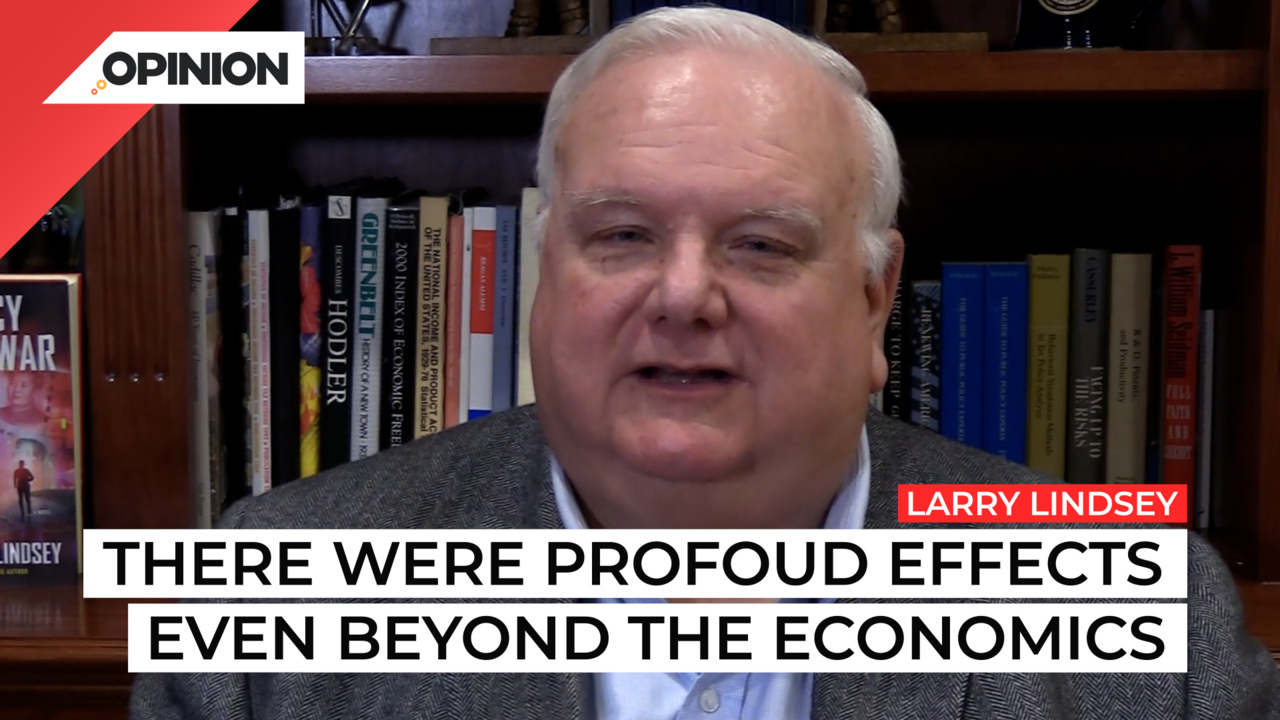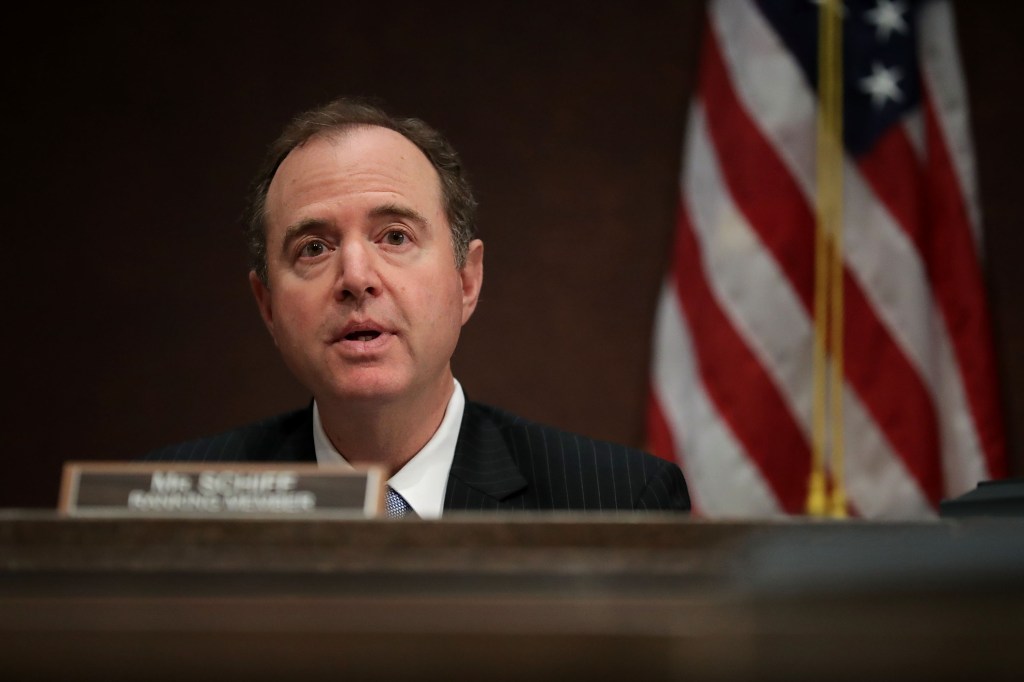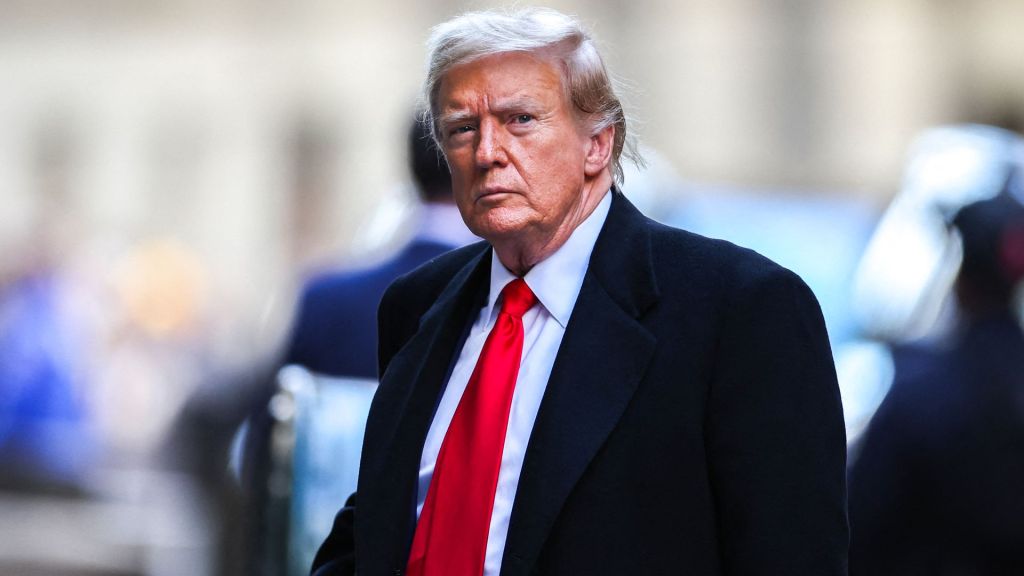
Commentary
-
Our commentary partners will help you reach your own conclusions on complex topics.
You may have heard recently that China is lifting the very draconian lockdowns imposed on its largest city and financial capital Shanghai, in part also on Beijing and other cities in China. Now, there was actually a long political struggle to get to this point. The general party secretary Asian Ping was the architect of their so called Zero COVID policy, where they were going to impose lockdowns until COVID went away. Well, they lifted them when the amount of COVID was down, but it had hardly gone away. The victor in this debate was a gentleman Lane lesion lesion Jiang, excuse me, who by the way, he is an economist, kudos to him. And as the head of state, whereas G Jinping is the head of the Communist Party. You know, the debates go on even in dictatorships, although rarely do they get to be as public as this one. But the effects of the lockdowns were devastating. And that’s what drove Lee to urge them to be removed. China’s official GDP growth target for the year is five and a half percent. The first quarter came in below that at four, eight. And the second quarter, which is when the lock downs really took effect is probably going to come in at 0.0 growth. Now that makes it impossible for them to hit their official growth target. In reality, the Chinese statistics mill, which are rigged may still produce that number. But even for them, it’s going to be a real stretch. This was an economic disaster.
But there were profound effects even beyond the economics. The main one was a breakdown in the social contract between the Communist Party and the people. It goes like this, the Communist Party delivers improving living standards, some modest degree of freedom, in return for which the public doesn’t complain. What the lockdowns did was to keep people locked in their apartment buildings you couldn’t get out there were gates put in front of the apartment buildings, no exit permitted. And a lot of people actually went hungry because there was problems of going you couldn’t go out and get food, you had to hope someone was going to deliver it. This was rough. Now, this was a big abrogation of the social contract in the view of many.
Basically the population of Shanghai, which is the richest city and the financial capital. were being treated like they were inmates in a jail for three or four weeks. The chair of the mental health part of Pudong hospital, had a very good observation. He said, a person learns to navigate the world from a secure base, believing that the reality they know is trustworthy and reliable. The lockdown has caused some to question that, well, this guy isn’t official. So he is actually soft peddling how bad it was. The World Health Organization said that depression and anxiety is widespread in China. The US Department of Defense in something they call their net assessment of the status of their potential opponents actually felt that the army had so much depression in it, that that was going to be a net advantage in a conflict. A Baidu it’s, which is the search engine of China saw a huge spike in searches for mental health services, which are very scarce in China. Chinese culture tends to look askance at these kinds of problems.
Well, what’s going to happen to China? Only time will tell, but the U.S. which had less draconian lockdowns, has a much more developed mental health care state and from the Chinese point of view has a lot of so-called snowflakes here who, you know, complain all the time. In spite of all that, our numbers were really horrible.
In the first two months of the lockdowns back in 2020, the mental health insurance claims issued by teenagers doubled over the previous year. It was a 45% increase in the number of college students reporting major depressive disorders. 25% of adults reported higher drug use or had to be hospitalized for overdoses of drugs. Most scary to me is that hospitalization for child abuse, Rose 35%. And I remember the parents who are bringing their kids to the hospital must be in fear for their lives because they face possible arrest for having closed the abuse. So the fact is, cost benefit analysis is what ended up removing the lock downs in both China and the US started in some states more than others, the ones who lifted the lock downs the first had the best health outcomes. Florida, for example, with a very old population had much better results than did California with a very young population. And it also turned out that the lockdowns were not critical. Bad health outcomes from COVID are the result of age and co-morbidities. The lockdowns did very little to reduce the net effect.
-
Biden’s EV math just doesn’t add up
In March, the Biden administration issued a new directive requiring U.S. automakers to cut the average carbon emissions of their fleets by almost 50% before 2032. That order is one component of President Biden’s larger goal to cut total U.S. carbon emissions in half by 2030. A primary method for reaching these goals will involve…
-
President Biden just isn’t cool
For some Americans, politics is only about policy, while others prioritize core values, ideas, aspirations or beliefs. Still, for others, politics may be a reflection of culture, where voting serves as a symbolic act to proclaim cultural group identity. But for some Americans, who they vote for and support is more of a popularity contest,…
-
Federal Reserve policy should be more restrictive
The American economy is booming, with high GDP growth, record-low unemployment, and wage gains for median workers. Over the past few quarters, U.S. economic growth indicators have consistently outperformed official projections. But the U.S. Federal Reserve recently conceded that its policies might be too restrictive, hindering the full potential of the U.S. economy, which the…
-
Celebrate tight labor market, but don’t cut interest rates
While President Joe Biden has been celebrating U.S. economic success, many Americans are still unhappy about the economy. So who’s right? The most recent jobs report for February showed that while the unemployment rate rose slightly to 3.9%, job gains were higher than expected, with the total coming in at 275,000 versus the expected increase…
-
Social and economic class will define 2024 election
Following in the footsteps of FDR, Democratic support in the past hundred years has drawn largely from working-class individuals, labor unions, and civil society organizations. Republican support, conversely, tended to rely upon larger corporate donations and the support of high-income individuals. In 2024, these traditional roles are evolving, and the new reality of campaign finance…
Latest Opinions
-
 Getty Images
Getty Images
FDA: Bird flu found in 1/5 commercial milk samples, suggests greater spread
-
 Reuters
Reuters
China permanently deploys warships to second overseas base
-
 Getty Images
Getty Images
France needs air defense for Paris 2024 Games, asks Greece for help
-
 Getty Images
Getty Images
US troops begin building pier Gaza aid just days after mortar attack
-
 Getty Images
Getty Images
New CISA cybersecurity measures to fight ransomware raise privacy concerns
Popular Opinions
-
In addition to the facts, we believe it’s vital to hear perspectives from all sides of the political spectrum.


